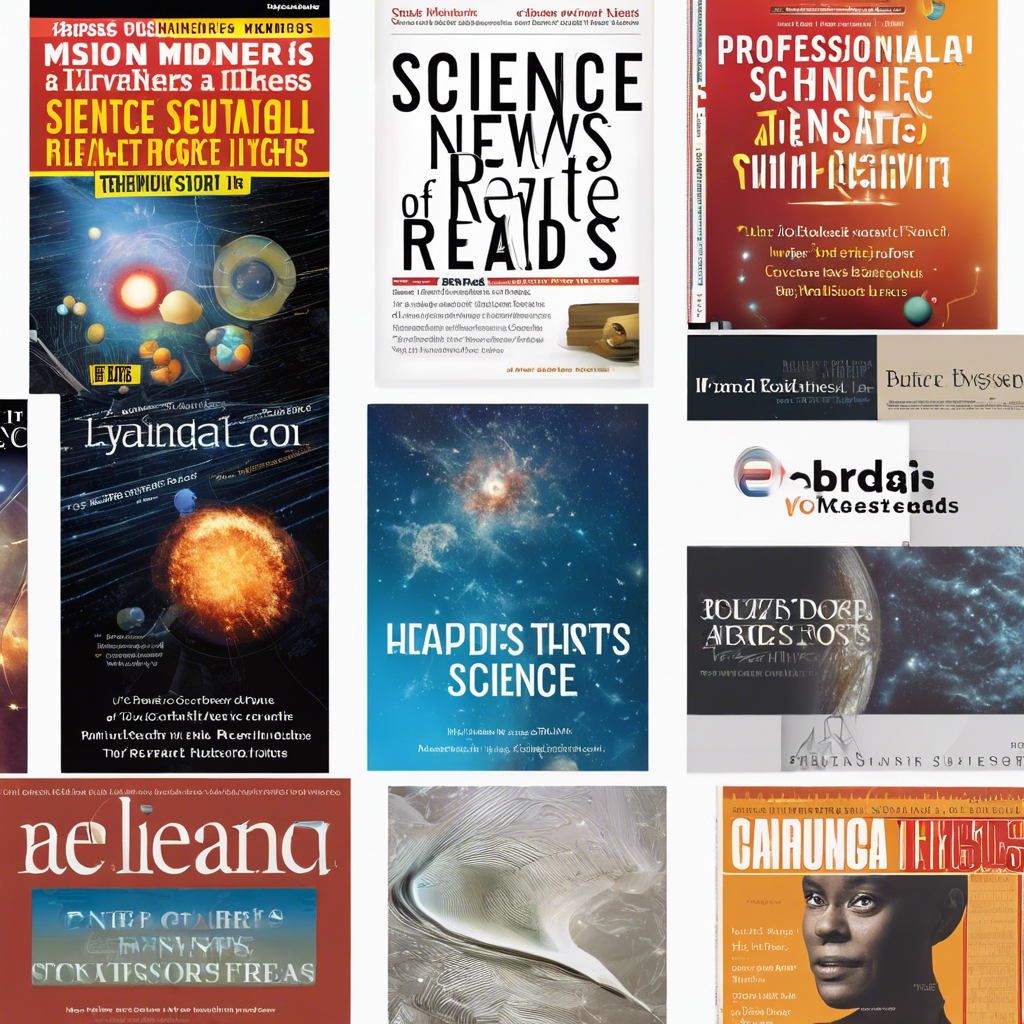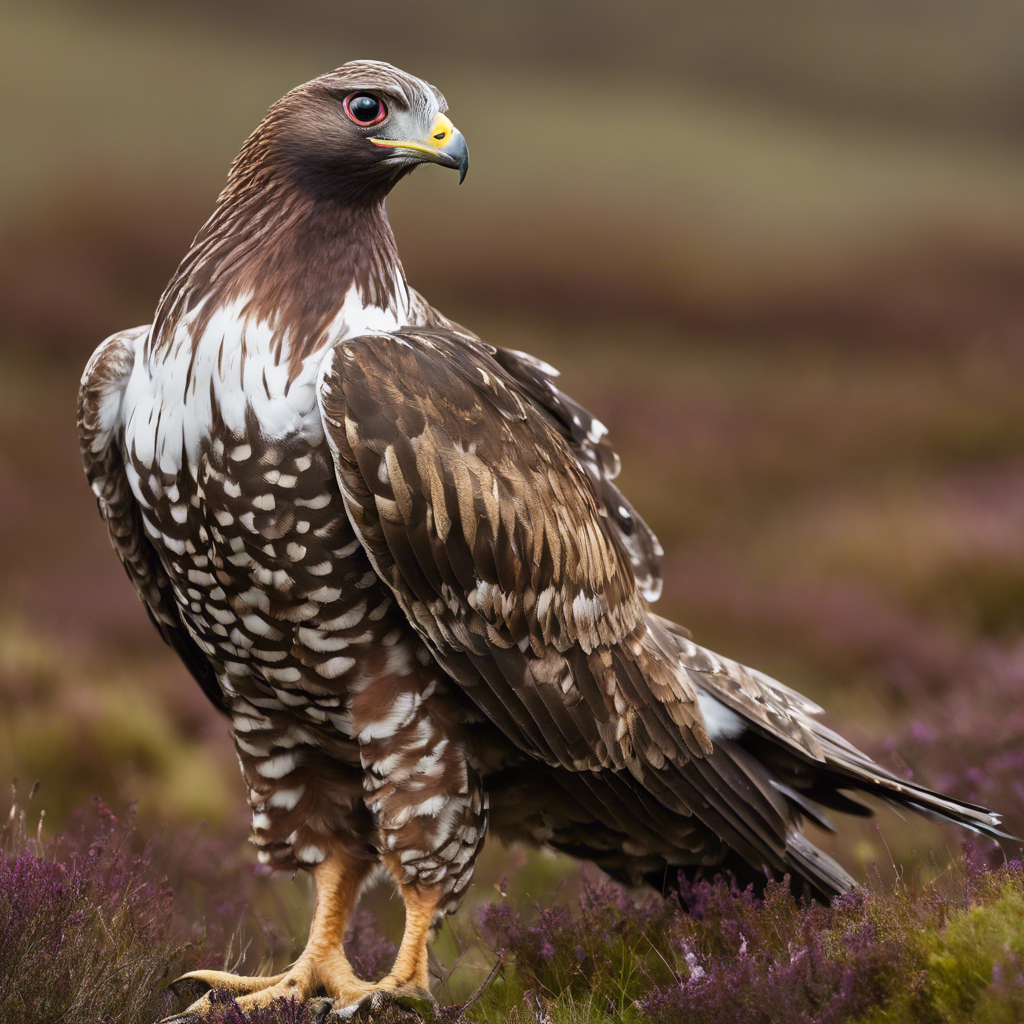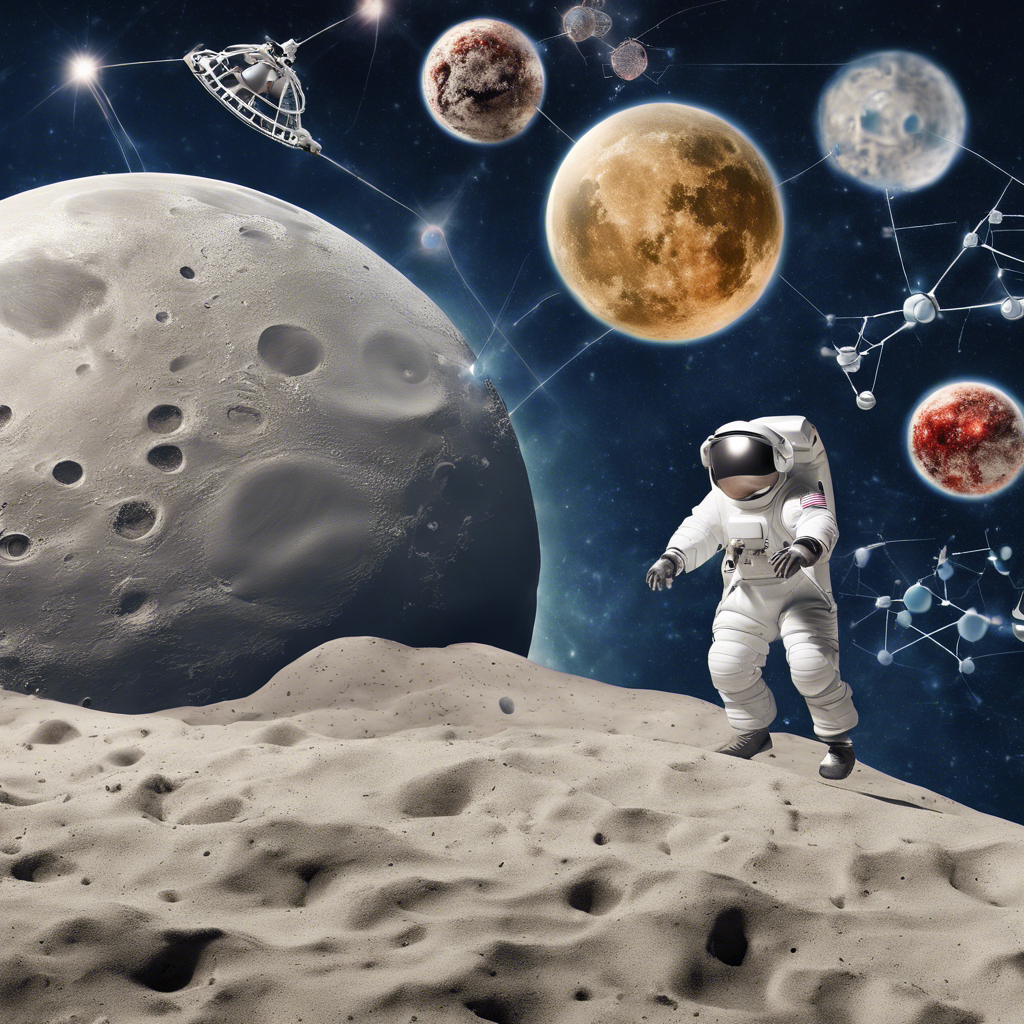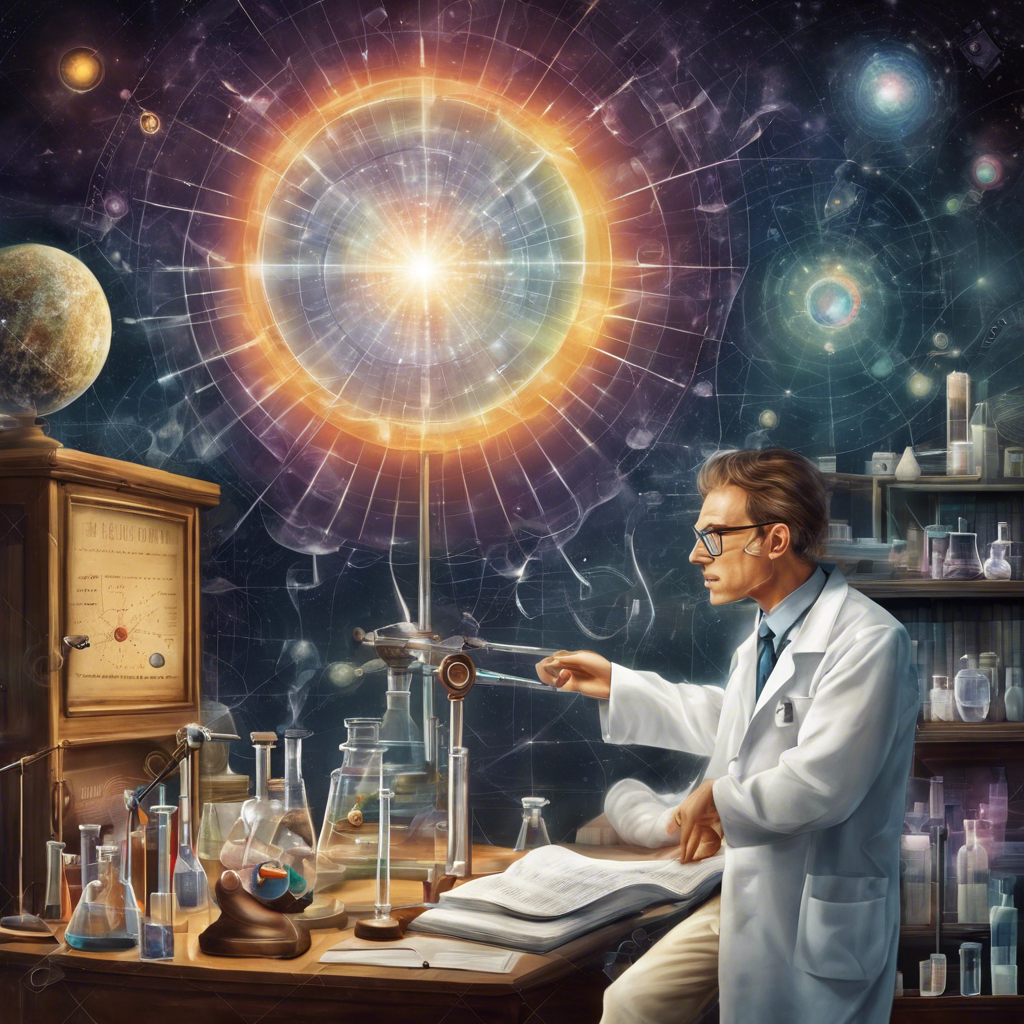Science News Staff’s Favorite Science Reads of the Year

A compilation of captivating science books that explore emerging areas of science and shed new light on familiar fields.
As the year comes to a close, the Science News staff has compiled a list of their favorite science reads of the year. These books offer a glimpse into emerging areas of science, as well as provide fresh perspectives on familiar fields. From the dangers of fungal pathogens to the exploration of outer space, these books delve into a wide range of topics that will captivate both science enthusiasts and casual readers alike. Join us as we take a closer look at some of the standout titles from this year’s selection.
Blight: The Potential Threat of Fungal Pathogens
In Emily Monosson’s book “Blight,” readers are warned about the potential dangers of fungal pathogens. While HBO’s “The Last of Us” may have introduced many to the fictional concept of a fungus-induced zombie apocalypse, Monosson highlights the very real possibility of a fungal pathogen spawning the next pandemic. This thought-provoking book raises awareness about the importance of understanding and monitoring fungal pathogens.
Fires in the Dark: The Healing Power of Psychiatry
Kay Redfield Jamison’s “Fires in the Dark” explores the relationship between British poet Siegfried Sassoon and his physician, W.H.R. Rivers. Through this examination, Jamison delves into what it takes to be a great healer of mental suffering. By weaving together history and personal narratives, the book offers insights into the profound impact that psychiatry can have on individuals and society.
We Are Electric: Unraveling the Mysteries of the “Electrome”
Sally Adee’s “We Are Electric” takes readers on a journey through the history of biology, highlighting the often overlooked role of electricity in the body and brain. Adee explores how researchers are beginning to study the “electrome” and how these studies could lead to groundbreaking medical advancements. This book sheds light on a fascinating aspect of biology that has long been neglected.
Period: Demystifying Menstruation
Kate Clancy’s “Period” tackles the taboo topic of menstruation, aiming to clear up misconceptions and destigmatize periods. Drawing on history and science, Clancy provides a comprehensive exploration of menstruation, addressing common misconceptions and shedding light on the cultural and social significance of this natural bodily process. This book is a must-read for anyone seeking a deeper understanding of menstruation.
Crossings: Saving Wildlife from Roadkill
In “Crossings,” Ben Goldfarb highlights the work of road ecologists, a passionate group of scientists studying how interventions like wildlife crossings can reduce the toll of roadkill. With millions of animals falling victim to vehicles each year, this book serves as a call to action, urging society to consider the impact of roads on wildlife and explore solutions to mitigate this issue. Goldfarb’s storytelling paints a vivid picture of the challenges and triumphs of road ecology.
Eight Bears: A Global Exploration of Bear Species
Gloria Dickie’s “Eight Bears” takes readers on a captivating journey across three continents to meet the world’s eight remaining species of bears. Through tales of science, folklore, and conservation, Dickie sheds light on the plight of these magnificent creatures and the efforts being made to protect them. This book is a testament to the importance of biodiversity and the need for conservation efforts.
Most Delicious Poison: Nature’s Toxins and Human Use
In “Most Delicious Poison,” Noah Whiteman explores how humans have co-opted nature’s toxins for various purposes, from spicing up food to creating anesthesia. This blending of science and memoir offers a unique perspective on the intricate relationship between humans and the natural world. Whiteman’s book serves as a reminder of the complex ways in which humans interact with and harness nature’s resources.
The Deepest Map: Charting the Seafloor’s Secrets
Laura Trethewey’s “The Deepest Map” takes readers on an adventure to explore the high seas and the scientific explorers who are meticulously charting the seafloor. This book delves into the challenges and ethical considerations of mapping uncharted territory, highlighting the delicate balance between scientific discovery and environmental preservation. Trethewey’s vivid descriptions bring the ocean depths to life, captivating readers along the way.
Under Alien Skies: Imagining Celestial Worlds
Philip Plait’s “Under Alien Skies” invites readers to imagine what it would be like to stargaze in alien places such as the moon, comets, Mars, exoplanets, and black holes. This intergalactic travelog takes readers on a journey beyond Earth, exploring the wonders of the universe and igniting the imagination. Plait’s vivid descriptions and scientific insights make for an awe-inspiring read.
Off-Earth: Ethical Considerations for Future Settlements
In “Off-Earth,” Erika Nesvold ponders the ethical questions that arise as the possibility of humans living in outer space becomes closer to reality. As an astrophysicist, Nesvold delves into the numerous ethical considerations that should be addressed when planning for future settlements on the moon, Mars, and beyond. This thought-provoking book challenges readers to consider the implications of our expansion into space.
Is Math Real? Unraveling the Nature of Mathematics
Eugenia Cheng’s “Is Math Real?” questions the traditional perception of mathematics as a subject solely focused on solving equations and finding right or wrong answers. Cheng explores the exploration and creativity inherent in mathematics, delving into the logical foundations of Western mathematics to reveal its true nature. This book challenges readers to reconsider their understanding of mathematics and appreciate its inherent beauty.
Ghost Particle: Unraveling the Mystery of Neutrinos
“Ghost Particle” by Alan Chodos and James Riordon provides a comprehensive exploration of neutrinos, from their discovery to their significance in physics. Written by a physicist and a Science News writer, this book serves as a primer for anyone curious about these elusive subatomic particles. Chodos and Riordon unravel the mysteries surrounding neutrinos, shedding light on their importance in our understanding of the universe.
Conclusion:
The Science News staff’s favorite science reads of the year offer a diverse and captivating collection of books that explore emerging areas of science and provide fresh perspectives on familiar fields. From the potential threats of fungal pathogens to the mysteries of the deep sea and the ethical considerations of space exploration, these books invite readers on a journey of discovery and contemplation. Whether you’re a science enthusiast or simply curious about the world around you, these books are sure to engage and inspire.





